Going gluten free doesn't mean you have to give up your favorite dishes or struggle to find delicious, satisfying alternatives. With the right gluten free ingredients on hand, you can create a wide variety of tasty gluten free meals without compromising on flavor or texture.
Whether you have celiac disease or are gluten-intolerant, a gluten free diet doesn't have to be challenging. Let's take a look at the gluten free ingredients you should always have in your pantry and refrigerator if you follow a gluten free diet.
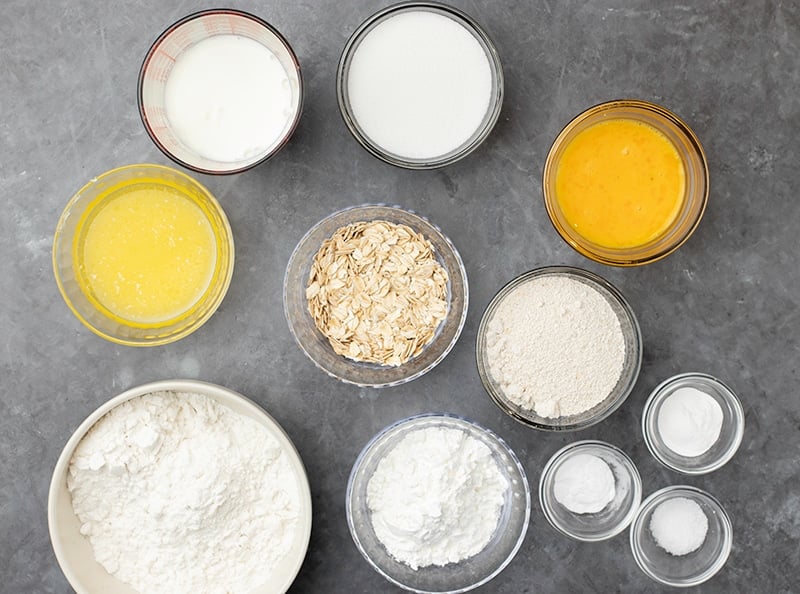
Table of Contents
- All purpose gluten free flour blend
- Protein powder
- Butter
- Coconut oil
- Sour cream
- Buttermilk
- Eggs
- Chicken
- Chicken in casseroles
- Rice and Rice Flour
- Instant yeast
- Oats
- Cauliflower
- Almond flour
- Coconut flour
- Apples
- Applesauce
- Pumpkin
- Zucchini
All purpose gluten free flour blend
A good gluten free flour blend is crucial for successful gluten free baking. The consistency and fineness of the blend are important factors, as they significantly impact the texture of your baked goods. Two solid choices for an all-purpose gluten free flour blend are Better Batter and Cup4Cup.
Better Batter is a popular choice among gluten free bakers, known for its fine texture and ability to closely mimic the properties of wheat flour in well-designed gluten free recipes. This blend already includes xanthan gum, a common ingredient used to add structure and elasticity to gluten free baked goods.
Cup4Cup, developed by renowned chef Thomas Keller, is another excellent option for an all-purpose gluten free flour blend. It provides consistent results and gives a nice texture and structure without being overly dry or grainy.
Cup4Cup also contains xanthan gum and is particularly well-suited for making gluten free pastries, pie crusts, and cookies. But beware – it has milk powder in it, so won't be suitable if you're also dairy free.
While I recommend these two brands or my own homemade varieties, experiment a bit and find your favorite. Find the one that works best for your specific needs and taste preferences.
Having a reliable all-purpose gluten free flour blend on hand lets you confidently create a wide range of delicious gluten free baked treats without sacrificing taste or texture.
Best all-purpose gluten free flour recipes
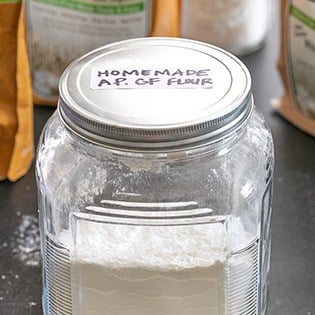

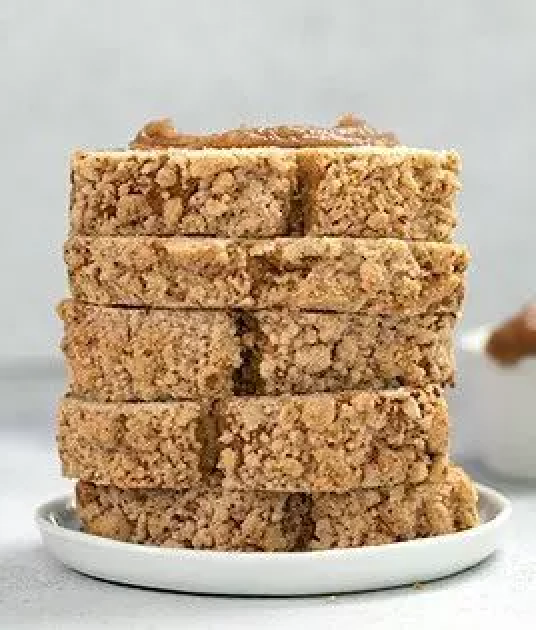
Protein powder
You can usually use whey, pea, or rice protein powder, or collagen powder in smoothies, pancakes, muffins, and even energy bars to increase protein content. I often use whey protein powder (which is similar to, but not interchangeable with, whey protein isolate that is an important component of gluten free bread flour).
I do not recommend adding protein powder to baking recipes that don't call for it, since it will change the chemistry and behavior of the baked goods in the oven. Proteins, in general, in your baked goods will compete with one another for moisture, so if you add more protein to your baked goods than called for, they will likely turn out unpleasantly dry. This article on baking with protein powder seems like a good discussion of the effect of adding different protein powders to baked goods.
Using an unflavored protein powder is usually best, since flavored powders have a number of additional ingredients, and you are better off flavoring your recipes with other, whole ingredients.
Protein powders that are referred to as “isolate” are almost pure protein, with few carbohydrates. Protein powder “concentrates” have less protein and additional carbohydrates and typically fats.
Here are some of the available protein powder types and what makes them each distinct from one another:
Whey protein
Whey protein is derived from cow's milk, but it is different from casein. It is a complete protein, since it contains all essential amino acids, and tends to be useful for stabilization and browning. It has a mildly sweet flavor.
Pea protein
Pea protein is derived from split peas and is a complete protein, meaning it contains at least some of each of the nine essential amino acids. It typically has less protein per gram than soy protein, more than wheat, and more than rice protein.
Pea protein has a mild taste and is easily digestible, making it a popular choice for those with dietary restrictions.
Rice protein
Rice protein, typically made from brown rice, does not have enough of all the 9 essential amino acids to be considered complete, but it's close. Its relatively neutral flavor allows it to blend well with other ingredients without overpowering the taste.
Collagen powder
Collagen is the primary structural protein in animals. It is not a complete protein, as it is missing one essential amino acid. It doesn't provide any structure, really, in baked goods. I like to use it mixed into my coffee if I want an additional boost, or in our no-bake homemade protein bars for the same reason.
Best gluten free protein powder recipes
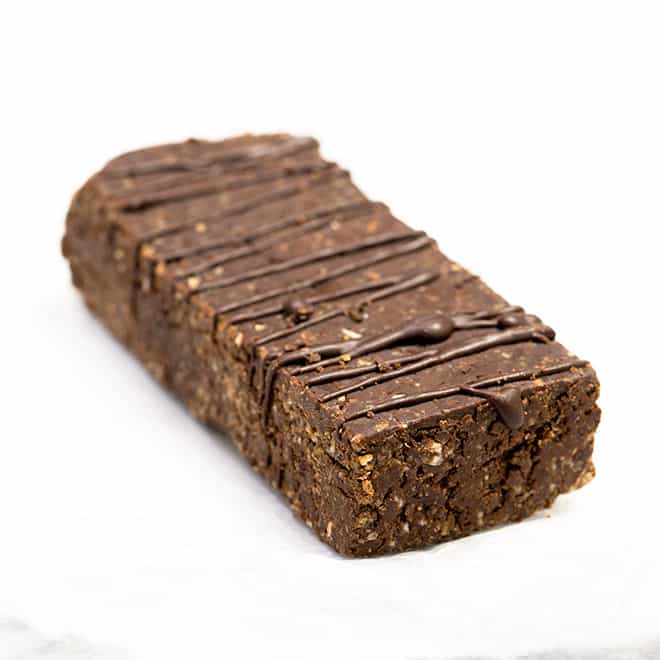
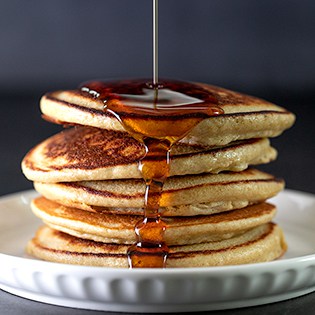
Butter
Butter is naturally gluten free and versatile, and I use a lot of it in both cooking and baking. It's made by churning dairy cream to separate the butterfat from the buttermilk, resulting in a rich, creamy product that enhances the taste and texture of various dishes. It has a relatively low smoke point of 350°F, so it's not typically used in deep frying because it has a tendency to burn.
In gluten free baking, butter adds richness, tenderness, and moisture to a wide range of baked goods, such as gluten free cakes, cookies, pie crusts, and pastries. It also plays a critical role in creating a delicate, flaky texture when kept cold in items like gluten free scones and biscuits.
Butter is an excellent fat for cooking, as it imparts a rich, savory flavor to dishes. Use it for sautéing vegetables, making creamy sauces, or browning meats to add depth and complexity to your meals.
A pat of butter is also a beautiful accompaniment to gluten free toast, muffins, pancakes, and more. It adds a layer of comfort, taste, velvety texture, and decadence that margarine and butter substitutes just can't recreate.
Clarified butter and ghee
By heating butter to remove its milk solids, you can create clarified butter. Boil until the moisture evaporates, and you'll have ghee, a type of clarified butter. Both have a higher smoke point than regular butter. This makes them ideal for frying, sautéing, and other high-heat cooking techniques.
My favorite ways to use butter in gluten free baking
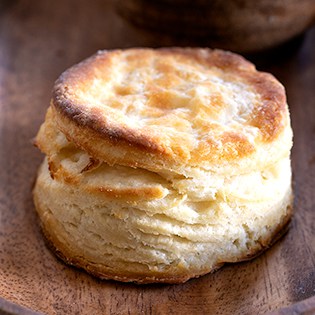

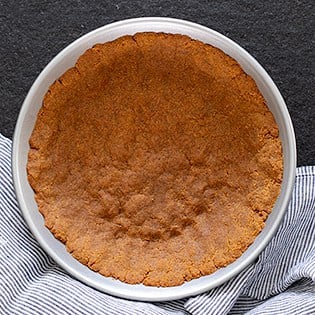
Coconut oil
“Regular” coconut oil is solid at cool room temperature because it contains fatty acids with high melting points. When they are removed, you are left with a type of coconut oil that is liquid at room temperature.
Coconut oil is a versatile and popular alternative to butter, especially for those who follow a dairy-free or plant-based diet. Extracted from the meat of mature coconuts, it has a unique, mild coconut flavor. If you don't like the coconut flavor and aroma, try triple-filtered coconut oil.
Coconut oil offers several benefits and can be used in various ways in the kitchen:
Baking with coconut oil
Coconut oil can be used as a direct substitute for butter in many gluten free baking recipes, including cookies, cakes, and quick breads. It adds moisture and tenderness to baked goods while providing a subtle coconut flavor.
When substituting coconut oil for butter, use a 1:1 ratio, and make sure to measure it in its solid form if the recipe calls for solid butter. Coconut oil isn't suitable for all recipes due to the low melting point. Where it's a viable substitute I've noted it in the recipe.
Frying in coconut oil
With a smoke point of around 350°F (177°C), coconut oil is good for baking but not typically for frying or deep-frying.
Coconut oil as a non-dairy fat source
Coconut oil is a popular choice for vegan and paleo recipes, as it is a non-dairy fat source that offers a unique flavor and health benefits. When using coconut oil in your gluten free foods, be aware that it may solidify at colder temperatures, so it's essential to store it at room temperature to maintain its usability.
Best gluten free coconut oil recipes
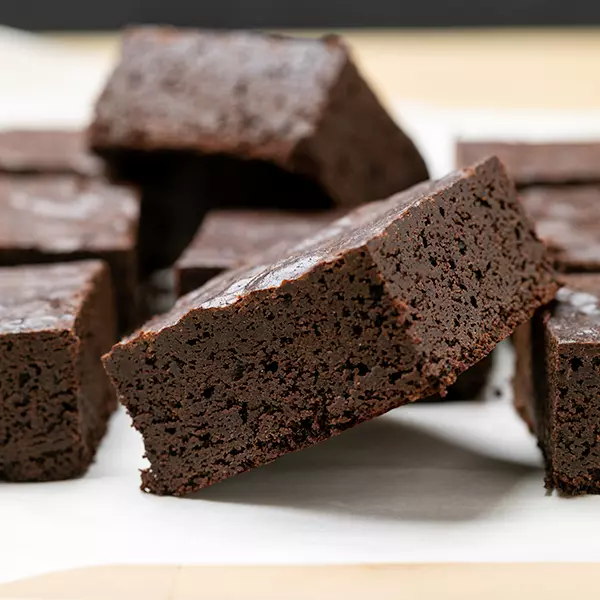
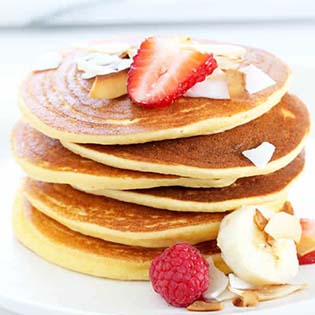
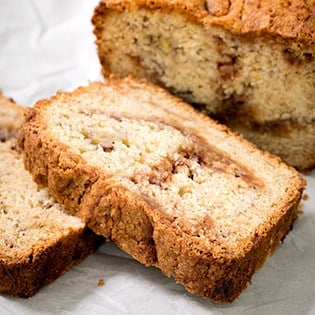
Sour cream
Sour cream comes from fermenting cream with lactic acid bacteria, giving it a distinctive tangy flavor and creamy texture. As a versatile ingredient, sour cream enhances a variety of dishes, both sweet and savory, by adding creaminess, tanginess, and moisture.
In sauces, sour cream works exceptionally well to create a velvety, smooth texture and a mildly tangy flavor. You can use it in dishes like beef stroganoff, creamy soups, and pasta sauces.
It also works well as a base for dips, such as spinach dip, artichoke dip or French onion dip, complementing the flavors of the other ingredients without adding any unwanted gluten.
For dressings, sour cream combines well with other ingredients like mayonnaise, buttermilk, or yogurt to create rich and creamy salad dressings like gluten free ranch dressing or coleslaw dressings. Its tanginess adds depth of flavor and balances the richness of other ingredients.
In gluten free baking, sour cream helps to add moisture and tenderness to recipes like cakes, muffins, and quick breads. The acidity in sour cream also reacts with baking soda or baking powder, creating a tender crumb and light texture in the finished product.
When using sour cream in baking, it's important to adjust the recipe accordingly, as it can impact the overall liquid content and may require adjustments to other ingredients.
If you're looking for a dairy-free alternative, consider using a plant-based sour cream substitute made from ingredients like cashews or soy. You can usually replace sour cream with nondairy plain yogurt if you strain it of excess liquid until it has the consistency you are used to in sour cream.
My top picks for gluten free sour cream recipes
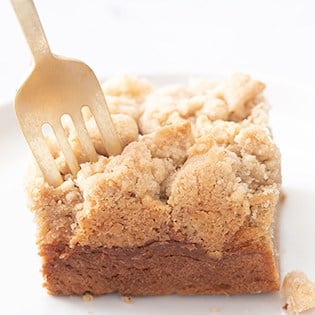


Buttermilk
Buttermilk is a tangy, slightly acidic dairy product that's a byproduct of the butter-making process. It's the liquid that remains after churning butter.
Buttermilk's unique properties make it an ideal ingredient for adding moisture and tanginess to a variety of gluten free recipes, including gluten free pancakes and many gluten free muffins recipes.
The acidity in buttermilk reacts with baking soda or baking powder in recipes, resulting in a chemical reaction that produces carbon dioxide bubbles. These bubbles help to create a light, fluffy texture and a tender crumb. Additionally, the tangy flavor of buttermilk adds depth to the overall taste of the final product.
In gluten free baking, using buttermilk can be particularly helpful, as it adds necessary moisture to sometimes absorbent gluten free flours. This extra moisture can lead to improved texture and a more enjoyable eating experience.
If a recipe calls for buttermilk, but you don't have it on hand, you can replace it with an equal amount of plain kefir, or half sour cream and half milk by volume. Adding a bit of an acid like lemon juice to milk will not produce a proper buttermilk substitute, contrary to popular belief!
Top gluten free recipes that use buttermilk

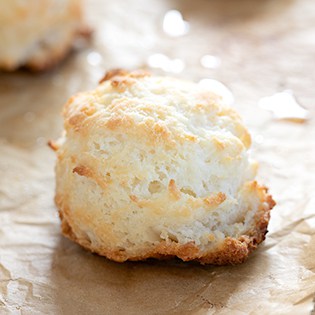
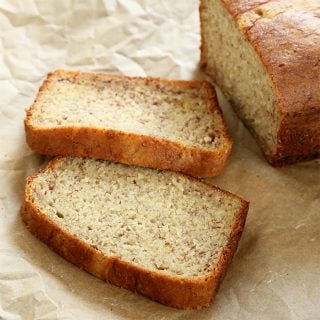
Eggs
Eggs play a crucial role in many gluten free recipes, as they offer a range of benefits that contribute to the overall success of a dish. They provide structure, moisture, and binding properties, so they really are a pantry staple.
Eggs provide structure
The absence of gluten means that you need to harness alternative methods to create structure in the finished product.
Eggs help achieve this by coagulating during the baking process, which provides stability and shape to items like cakes, muffins, and breads. The proteins in eggs set and hold the structure together, preventing the the food from collapsing.
Eggs provide moisture and fat
Gluten free flours sometimes result in dry, crumbly textures. Eggs help counteract this issue by contributing moisture to recipes for a softer, more pleasant texture and mouthfeel. The fats in egg yolks, in particular, can provide a rich, moist crumb in cakes and other baked items.
Eggs act as a binder
In the absence of gluten, binding agents are necessary to hold gluten free recipes together. Eggs serve as excellent binders, as their proteins create a cohesive network when cooked, allowing ingredients to stick together.
This is especially important in recipes like meatloaf, meatballs, or veggie burgers, where eggs help to hold the mixture together during cooking.
Eggs also contribute to the flavor, color, and nutritional value of recipes. They provide a natural source of high-quality protein, vitamins, and minerals, enhancing the overall nutritional profile of gluten free dishes.
In some circumstances, eggs in a baking recipe can be replaced by one “chia egg” each, which is made by combining 1 tablespoon ground white chia seeds with 1 tablespoon lukewarm water, mixed and allowed to gel. This will add some color but minimal to no flavor. Aquafaba, or the brine from a can of chickpeas, can sometimes be used to replace egg whites.
Some of my favorite gluten free recipes that contain eggs
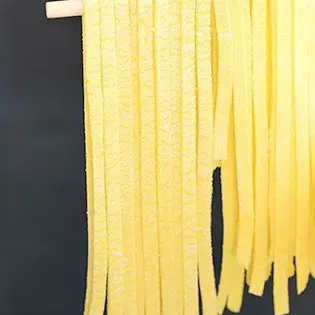

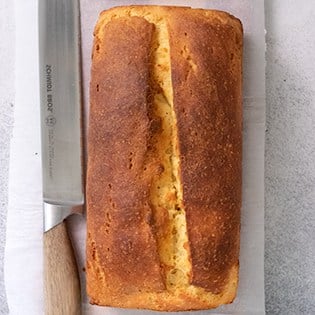
Chicken
Chicken is a versatile, naturally gluten free protein source that we use in our house a lot. Since it's lean, it is usually low in saturated fat and high in essential nutrients. Plus, it's tasty and versatile and something that the whole family can usually enjoy.
Chicken in stir fries
Chicken is my go-to for gluten free stir-fries, as it cooks quickly and absorbs flavors from sauces and seasonings. Combine diced or thinly sliced chicken with an array of colorful vegetables, gluten free soy sauce or tamari, and a selection of spices for a quick, nutritious, and tasty meal.
Chicken in soups
Chicken adds depth of flavor to soups, whether it's a classic gluten free chicken noodle soup, a comforting chicken and rice soup, or a Thai-inspired chicken coconut soup. Using chicken broth as a base can further enhance the flavor and nutritional value of your soups.
Chicken in salads
Grilled, baked, or poached chicken goes beautifully with salads for an extra protein boost. Combine with a variety of fresh vegetables, gluten free grains, or legumes, and drizzle with a homemade gluten free dressing for a satisfying and balanced meal.
Chicken in casseroles
Incorporate chicken into casseroles for a hearty, comforting meal. Pair it with gluten free pasta, rice, or quinoa, along with vegetables and a flavorful sauce, then bake until bubbly and golden for a delicious, one-dish dinner like in our chicken bacon ranch casserole.
Chicken tacos, fajitas, and enchiladas
I love shredded or diced chicken as a filling for tacos, fajitas, or enchiladas. Combine with your favorite gluten free tortillas, toppings, and sauces for a fun and customizable meal option.
When cooking with chicken, always handle it safely to prevent cross-contamination and foodborne illnesses. Always wash your hands, utensils, and cutting boards thoroughly before and after handling raw chicken. Additionally, make sure to cook chicken to an internal temperature of 165°F (74°C) to ensure it is safe for consumption.
Best gluten free chicken recipes
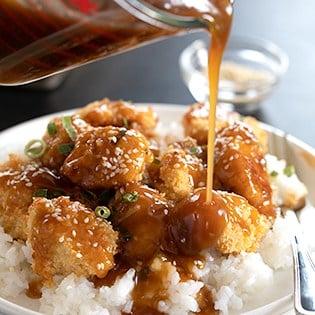
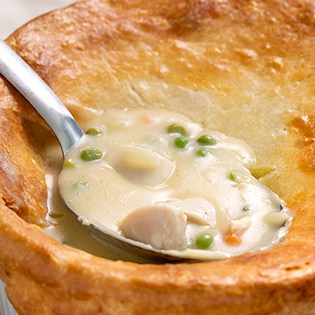

Rice and Rice Flour
Rice is a naturally gluten free grain that's a pantry essential if you have celiac disease or non-celiac gluten sensitivity. It is versatile and easy to prepare, and you can use it as a base or a side for various dishes.
Rice flour, made by finely grinding long grain rice, is also an excellent option for thickening sauces or as a base for gluten free baked goods.
Rice comes in several varieties, including long-grain, short-grain, and medium-grain, as well as specialty types like basmati, jasmine, and Arborio. Each variety has its unique characteristics, making rice a suitable choice for a wide range of dishes.
Rice as a side dish
Cook and serve rice as a simple side dish, seasoned with herbs and spices or mixed with vegetables for added flavor and nutrition.
Rice as a main dish
Use rice as part of a main dish, like stir-fries, curries, or gluten free risottos to provide a filling and satisfying foundation for various protein and vegetable combinations.
Rice flour
Rice flour is a popular gluten free alternative to wheat flour and, while it's not a one-for-one substitute for the wheat gluten or flour in most recipes, it does have lots of uses and is a primary ingredient in many gluten free flour blends. You can even make blueberry muffins with only rice flour if you follow my recipe.
Rice in baked goods
Use it as a base for gluten free baked goods like bread, cookies, muffins, and cakes. Mostly, it's combined with other gluten free flours and starches, such as tapioca starch or potato starch, to create a more balanced gluten free flour blend.
Rice as a thickening agent
Rice flour is a good thickener for sauces, soups, and gravies as an alternative to wheat flour or cornstarch. Simply whisk superfine rice flour into the liquid, then cook until it reaches the right consistency.
Rice as a coating
You can also sub in rice flour as a light, gluten free coating for frying or baking things like fish, chicken, or veggies. It creates a crisp, delicate crust that doesn't become overly heavy or greasy.
Rice flour in flatbreads and pancakes
Rice flour is a good choice for gluten free flatbreads or pancakes, such as crepes or dosas, offering a unique and satisfying alternative to traditional wheat-based options.
Gluten free rice and rice flour recipes
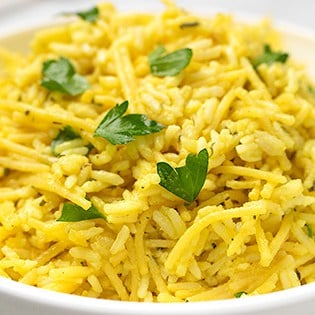
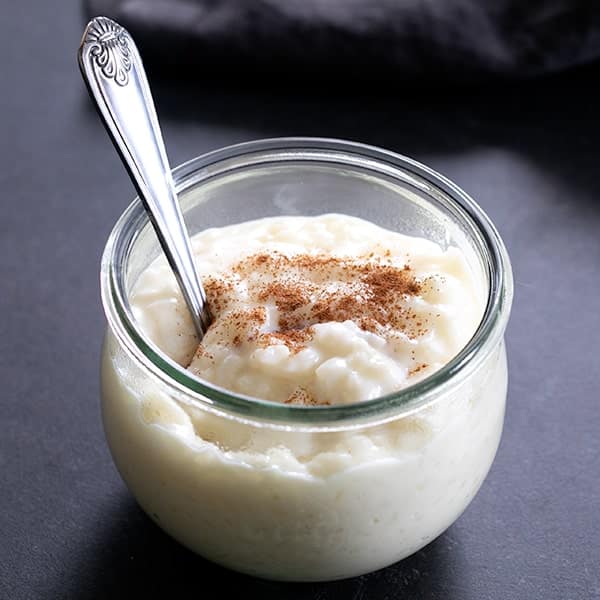
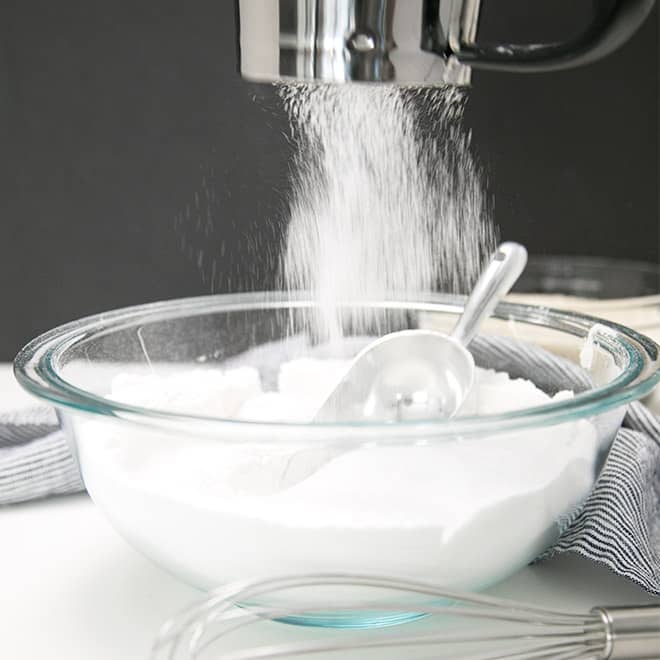
Instant yeast
Instant yeast, also known as rapid-rise, breadmaker, or fast-acting yeast, is an essential ingredient for making gluten free breads and other yeast-based recipes. It is a type of dry yeast that is highly active and easy to use since it has a smaller outer coating than active dry yeast, so it does not need to be dissolved in liquid before adding it to your recipe.
You can add instant yeast directly to the dry ingredients in a recipe without needing to dissolve it in water or activate it beforehand, so it's easier and faster.
In gluten free baking, instant yeast plays a crucial role in providing the leavening necessary for breads, pizza crusts, and similar recipes to rise properly.
When using instant yeast in gluten free recipes, it's important to ensure that the yeast itself is gluten free, as some brands may have trace amounts of gluten or be subject to cross-contamination.
Always check the packaging for a gluten free label, and consider choosing a brand that specifically caters to gluten free baking needs. Different types of yeast, such as active dry yeast or fresh yeast, may require different handling or adjustments to the recipe. If you need to substitute one type of yeast for another, consult a reliable yeast conversion guide or recipe to ensure the best results.
My favorite gluten free recipes that use instant yeast
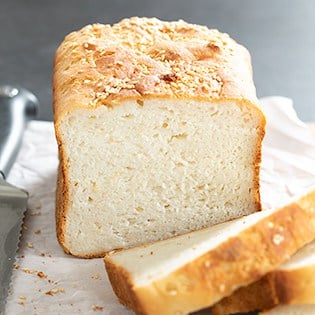

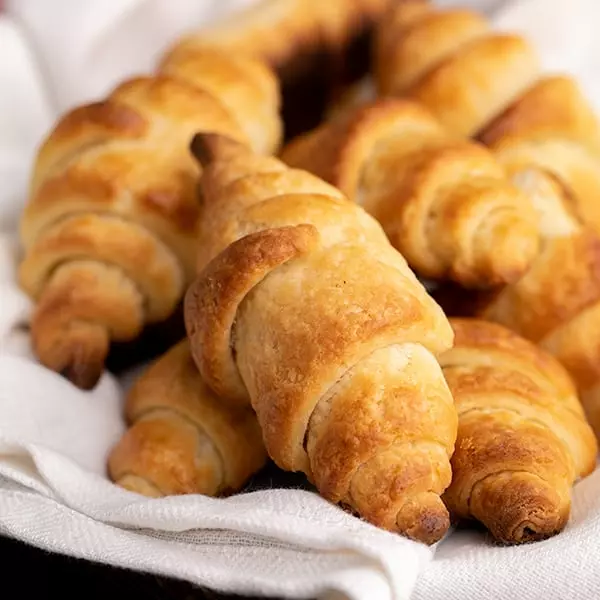
Oats
Oats are a nutritious, naturally gluten free grain that are, for most people on a strict gluten free diet, a valuable grain to add to your diet. They are rich in fiber, vitamins, and minerals, and have been associated with numerous health benefits, such as improving digestion, promoting heart health, and regulating blood sugar levels.
But you must purchase certified gluten free oats only, as there's a high risk of cross-contamination with gluten-containing ingredients.
Although oats themselves do not contain gluten, they are often processed in facilities that also handle wheat, barley, and rye. This poses a significant risk for those with celiac disease or non-celiac gluten sensitivity.
But oats that are labeled gluten free have been processed and packaged in a way that minimizes the risk of gluten cross-contamination. Oats can be incorporated into a wide variety of dishes, both sweet and savory, thanks to their versatility and mild flavor.
For example, you can use oats as a base for gluten free breakfast options like oatmeal, overnight oats, or granola, providing a filling and nutritious start to the day. And you can also use oat flour for an array of baked treats. Keep in mind that oat flour absorbs more moisture than many other gluten free flours, so use it only in baked goods that are properly formulated to be used with it.
Moreover, oats add texture and nutrition to savory dishes, like meatloaf, veggie burgers, or as a topping for gluten free casseroles. And, their natural binding properties make them an excellent choice for holding together recipes that may otherwise be prone to falling apart.
Some of my favorite gluten free oat recipes
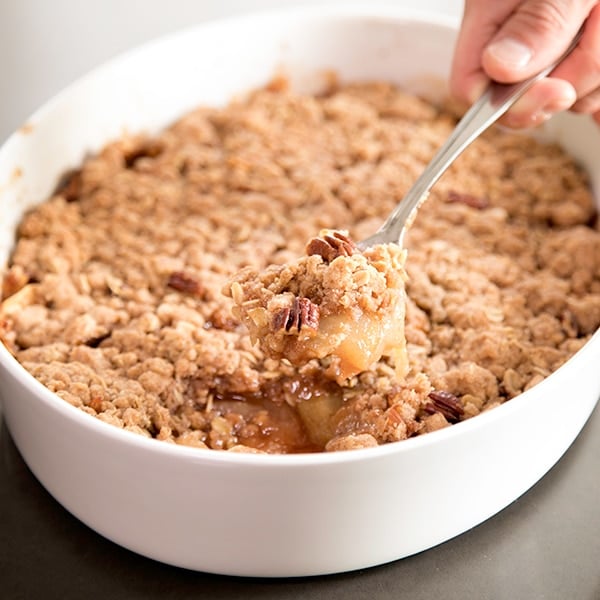

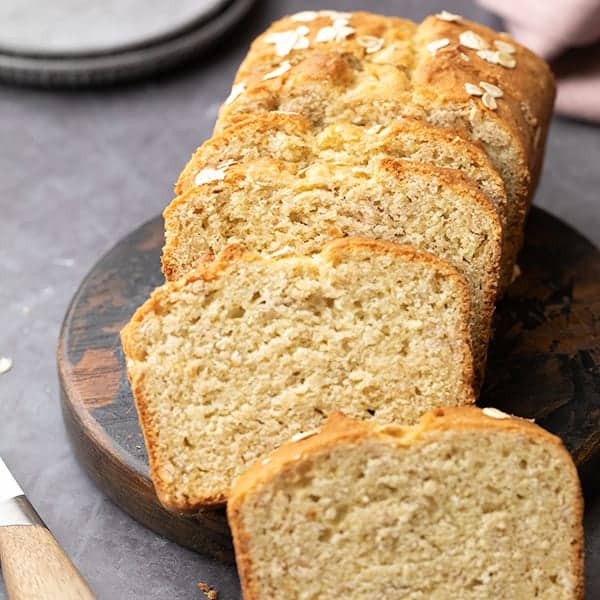
Cauliflower
Cauliflower is a versatile, low-carb alternative to grains in various recipes, making it an excellent option for those following a low-carbohydrate or gluten free diet. This cruciferous vegetable is not only naturally gluten free, but also rich in vitamins, minerals, and antioxidants, providing numerous health benefits.
One of the most popular uses for cauliflower is as a substitute base for pizza crust. By processing raw cauliflower into small, rice-like pieces and combining it with binding ingredients like eggs and cheese, you can create a no gluten, low-carb pizza crust that is both delicious and nutritious.
You can also use cauliflower as an alternative to rice in various dishes. You simply coarsely grate it into pieces roughly the size of rice grains, then blanch it quickly and serve in place of rice, but it will be most similar to rice if you wring out its excess moisture first.
Another creative use for cauliflower is as a substitute for mashed potatoes. By steaming or boiling cauliflower florets until soft and then mashing them with butter, cream, or dairy-free alternatives, you can achieve a creamy, satisfying side dish that is lower in carbohydrates than traditional mashed potatoes.
Seasoning the cauliflower mash with your favorite herbs, spices, or cheese can further enhance its flavor and appeal.
The best gluten free cauliflower recipes
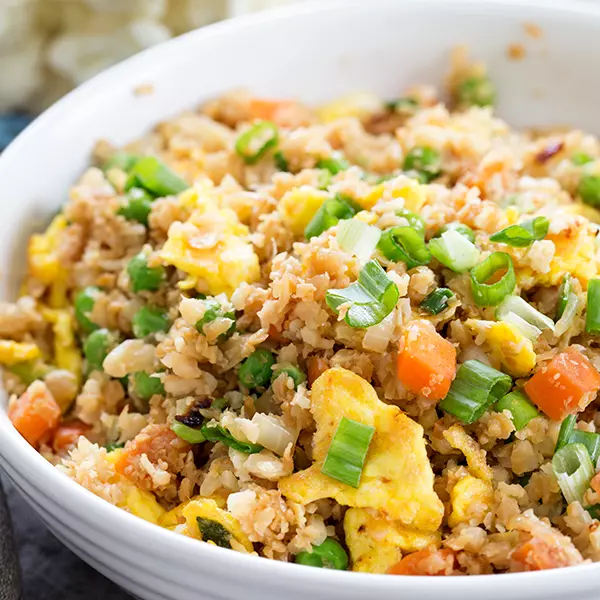
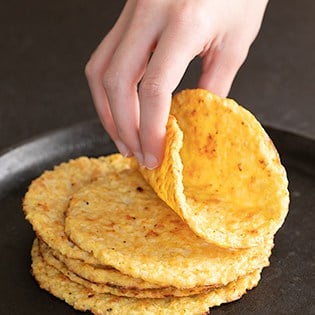
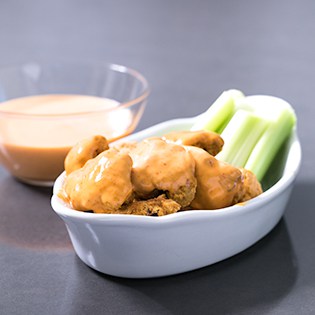
Almond flour
Almond flour is a really versatile wheat flour alternative. Made from finely ground almonds that have been blanched to remove their skins, almond flour is naturally gluten free and provides a nutty flavor and dense texture. It's great for flourless recipes and brownies.
It's not a good one-for-one sub for conventional flour in “regular” recipes, as it just doesn't behave the same, so you'll need recipes developed specifically to be made with almond flour.
You won't get the same lightness from just almond flour that you get from a nice, balanced all-purpose flour blend, so it's often best used in combination with tapioca flour. But almond flour definitely has its place in the gluten free kitchen.
Its high fat and protein content lends a moist and tender crumb to certain baked goodies, while the natural sweetness of almonds can enhance the overall flavor of the finished product. And, the fine texture of almond flour allows it to blend easily with other ingredients.
Almond flour also makes a nice, crunchy coating for fish, chicken, or vegetables in place of traditional wheat-based breadcrumbs. The nutty flavor of the almond flour adds depth and complexity to these dishes while maintaining a gluten free and low-carbohydrate profile.
While almond flour can be a fantastic alternative to gluten-containing flour, remember that it behaves differently than wheat flour in recipes. Almond flour contains more moisture due to its higher fat content, which may require adjustments to the liquid ingredients or the addition of binding agents like eggs or xanthan gum to achieve the desired consistency in your recipes.
Additionally, almond flour does not contain gluten, which provides structure and elasticity in traditional baked goods. This means that recipes using almond flour may have a denser texture and may require the incorporation of other gluten free flours or starches for a more balanced result.
Keep in mind that almond flour is not the same as almond meal, which is coarsely ground from almonds that have not had their skins removed. Almond meal will not work in recipes that call for almond flour.
My favorite gluten free almond flour recipes



Coconut flour
Coconut flour is a unique, high-fiber gluten free flour that is an interesting alternative to traditional wheat flour and other gluten free flours. Made from the dried flesh of coconuts that is then ground into a powder, coconut flour naturally does not contain gluten and has a distinct flavor and a range of properties that make it perfect for recipes that require moisture absorption.
One of the standout characteristics of coconut flour is its high fiber content, which contributes to its exceptional moisture-absorbing capacity. This property makes coconut flour particularly suitable for recipes that tend to be moist or have a high liquid content, as it can help create a balanced texture by absorbing excess moisture.
However, it also means that this is another flour that you can't just sub in one-for-one with wheat flour—or any other flour or flour blend for that matter. The high fiber content of coconut flour can be beneficial for digestion and promote a feeling of fullness, making it a healthy option for those looking to incorporate more fiber into their diets.
Coconut flour has a mildly sweet, coconuty flavor that can complement a variety of recipes, both sweet and savory. When using coconut flour in gluten free recipes, as with almond flour, remember that it behaves differently than other flours. It's highly absorbent, and as a result, it is typically used in smaller quantities than other flours in recipes, and only in recipes that are developed to take advantage of its unique qualities.
Best naturally gluten free coconut flour recipes

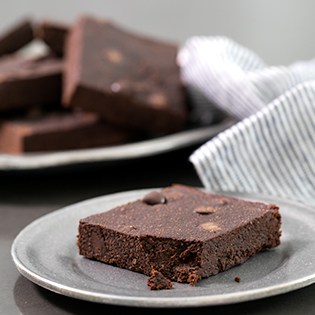
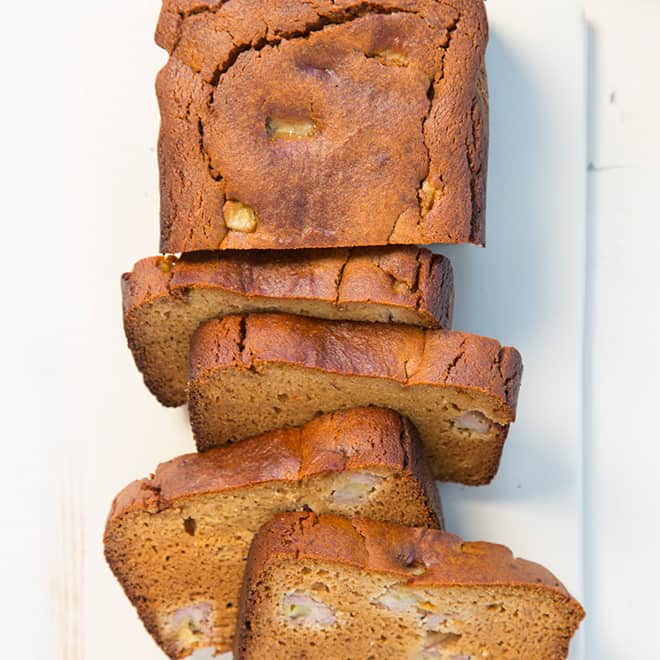
Apples
Apples are naturally gluten free and a really important addition to the gluten free pantry. Rich in vitamins, minerals, and fiber, apples are a great, healthy snack, but they're also very useful when it comes to baking.
They're the key ingredient in a range of sweet treats, such as apple pies, crisps, and cakes. Apples provide natural sweetness, moisture, and an interesting texture, and they're easy to work with for even novice gluten free bakers.
Apples can also be incorporated into a variety of savory dishes, where their natural sweetness and slight tartness can add depth of flavor and a pleasing contrast to the other ingredients. For instance, apples work in salads, roasted with meats like pork or chicken, or in dishes like gluten free stuffing or braised cabbage.
Gluten free apple recipes: My top picks

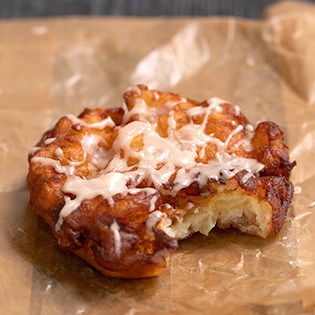
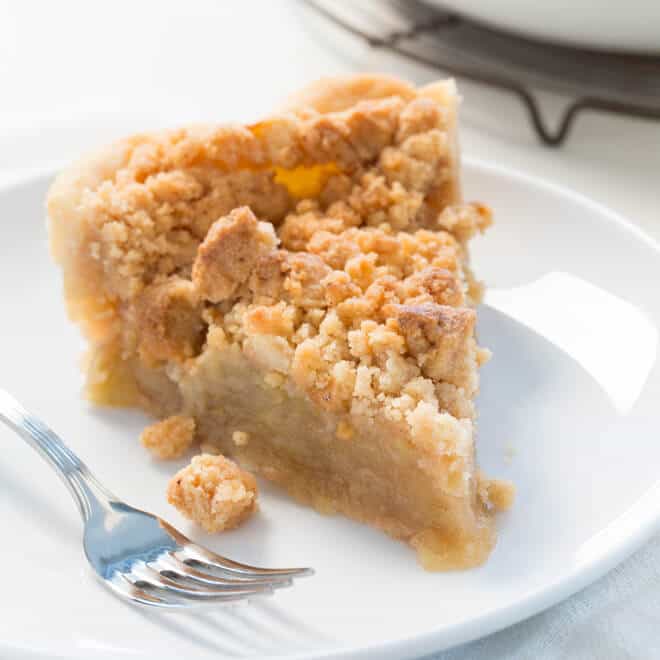
Applesauce
Applesauce is a fantastic ingredient to have on-hand in a gluten free kitchen, thanks to its versatility and unique properties. Made from cooked and pureed apples, applesauce is not only naturally gluten free but also rich in vitamins, minerals, and fiber.
Applesauce can provide moisture and some binding properties and structure in baking, but it will not replicate the structural support that eggs provide. In can be used in some baking as a neutral flavored addition to add a touch of structure from its pectin, when the recipe is developed accordingly.
It is common for bakers to attempt to use applesauce as a replacement for some fats in a recipe, but keep in mind that you will sacrifice some texture by doing so, as fat is a tenderizer and flavor delivery system in baking.
I love applesauce and find myself using it in all kinds of recipes.
Best gluten free recipes that feature applesauce

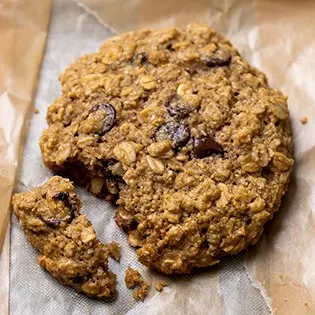
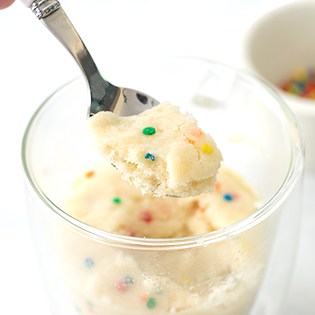
Pumpkin
Pumpkin is nutrient-dense, naturally gluten free, and is on my list of must-haves. I use it in all kinds of recipes, from muffins, to bread and pies. It adds moisture, a subtle earthy flavor, and a beautiful orange hue to your baked goods, so don't be afraid to add it to your culinary repertoire.
The natural sweetness and smooth texture of pumpkin puree provide moisture and structure, helping to create a tender and satisfying final product.
Pumpkin also pairs well with warm spices like cinnamon, nutmeg, and ginger, enhancing the overall flavor of your baking and adding a touch of seasonal flair.
Canned pumpkin is often actually pureed butternut or other squash, but it tastes, performs, and usually looks the same. Pumpkin in its pure form has a lot of moisture, and a relatively limited amount of the flavor we associate with warm fall tastes.
Many of my gluten free pumpkin baking recipes call for pumpkin butter instead of straight, plain canned pumpkin, which has a super concentrated flavor and less moisture, making it ideal for baking. You can use much less pumpkin butter than you would canned pumpkin without creating super fluffy, wet baked goods.
When using pumpkin in your gluten free recipes, be sure to choose plain pumpkin puree rather than pumpkin pie filling, which often contains added sugars and spices that may not be suitable for all recipes. You can also make your own puree from cooked pumpkins.
Roasted pumpkin also works well in salads, grain bowls, and pasta dishes, providing a nutritious and delicious complement to other ingredients. Try it in risotto or stuffed into gluten free ravioli for hearty, satisfying meal.
Best pumpkin recipes for a gluten free diet
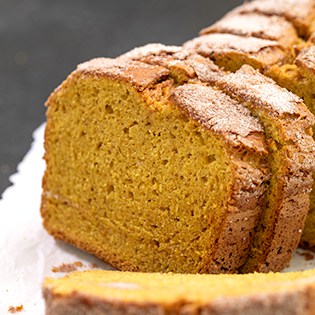
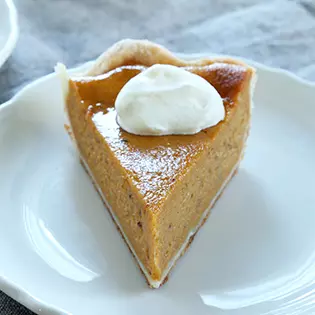
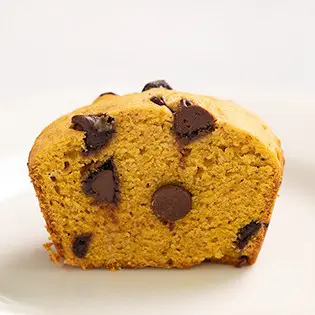
Zucchini
I use zucchini in anything from pasta and bread to dessert recipes. It's naturally gluten free and low in calories and, like applesauce or banana, zucchini adds moisture and helps with structure and texture. And, for those who don't like to eat vegetables, zucchini is easy to hide in sweet treats, as it doesn't have much of a flavor of its own.
If you don't want or have any gluten free pasta on-hand, and you don't have the time to make your own, you can use zucchini as a substitute. Thinly sliced or spiralized zucchini works well in place of traditional, wheat starch-based noodles, offering a lower-carb and more nutritious alternative. When cooked, zucchini maintains a tender texture and mild flavor that pairs well with various sauces and toppings.
Zucchini can also be incorporated into gluten free breads, such as zucchini bread or muffins. The natural moisture content of grated zucchini helps to create a tender and moist crumb, while its mild flavor allows the bread to take on the taste of other ingredients and spices.
In addition to providing moisture and flavor, baking gluten free bread with zucchini can boost the nutritional content of the finished product, making for a healthier and more satisfying treat.
Surprisingly, zucchini can even be used in gluten free desserts, such as chocolate cakes or brownies. When grated and added to dessert recipes, zucchini provides a subtle, almost undetectable flavor that complements the sweetness of the dish.
Like when using cauliflower as a substitute for rice in cooking and baking, you will usually want to drain the excess moisture from zucchini before baking with it. Individual zucchini vary very significantly in their moisture content. Grating them and removing the excess moisture stabilizes the amount of moisture in a recipe, but still allows zucchini to add a creamy, smooth texture.
My favorite gluten free zucchini recipes
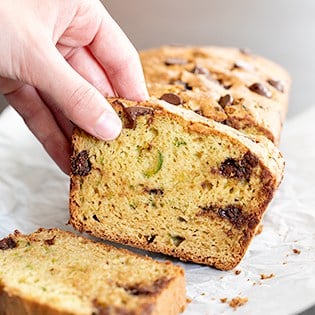



The post The Top Gluten Free Pantry Staples to Have On Hand appeared first on Gluten Free on a Shoestring.

